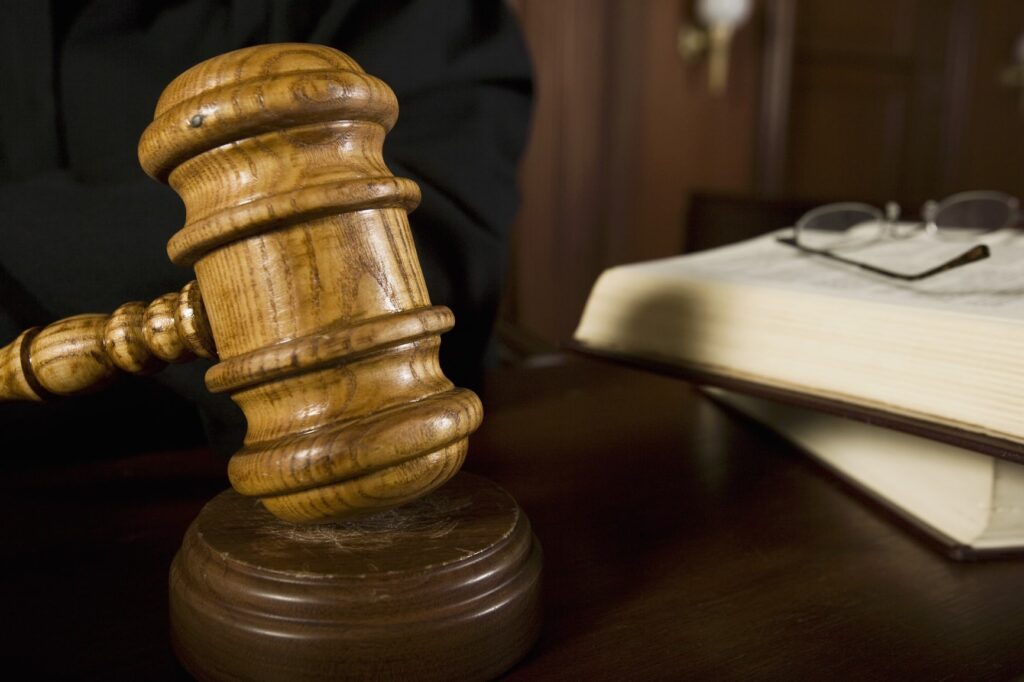The Fourth Amendment of the United States reads as follows: “The right of the people to be secure in their persons, houses, papers, and effects, against unreasonable searches and seizures, shall not be violated, and no Warrants shall issue, but upon probable cause . . .” U.S. CONST. amend. IV. The purpose of the amendment is to prohibit unreasonable searches and seizures of people or property without probable cause. If an individual is arrested without a warrant, there needs to be a determination of probable cause. A magistrate judge makes a determination based on the facts if an officer had probable cause to support an arrest. It must be made promptly as well, and is considered prompt if the probable cause demonstration occurs within 48 hours of the arrest. If there is not a showing of probable cause, the magistrate judge will release the arrested individual from custody.
Katz v. United States is a Supreme Court seminal opinion that outlines what constitutes a search under the Fourth Amendment. In Katz, the arrestee was transmitting gambling information by a telephone in a telephone booth. Katz v. United States, 389 U.S. 347, 348, 88 S. Ct. 507, 509 (1967). The FBI had an electric listening device on the outside of the public telephone booth, not inside the booth or on the telephone itself. Id. This was the only way that the FBI heard the conversation. Id. The overarching issue revolved around whether the electronic listening device was considered a search and seizure as defined in the Fourth Amendment. The Court held in the affirmative, stating that the Fourth Amendment “protects people, not places.” Id. at 511. This means that an individual must receive constitutional protection when they want to preserve their privacy, even if it is in an area accessible to the public. Id. The Government argued that the telephone booth was transparent, making the arrestee visible and therefore allowing the government to be able to listen to his conversation. Id. Discrediting this logic, Justice Stewart noted that there was an expectation of privacy because the arrestee did not seek to preserve privacy from being in the transparent booth, but rather the “uninvited ear.” Id. This means that the arrestee wished to have the communication private, not to be visually private. Id. at 512.
The most important aspect of this case stems from Justice Harlan in his concurrence. Concurring with the analysis given by Justice Stewart, Justice Harlan formulated a test that now is considered in every search and seizure claim under the Fourth Amendment. The two–part test is as follows: 1) an individual needs to have shown a subjective expectation of privacy; and 2) that expectation of privacy needs to be one that society would consider to be reasonable. Id. at 516. In simplified terms, if an individual believes that they may converse or act privately, and if society agrees that the individual would have considered those conversations or actions to be private, the Fourth Amendment will protect the individual against unreasonable searches and seizures. In Katz, the listening device was located outside of the booth, thus the arrestee subjectively believed that his conversation was private. Additionally, society would presume that there was not an expectation of privacy visually, but rather auditorily because the telephone booth door was closed.
Katz clarifies how the Fourth Amendment protects individuals from unreasonable searches and seizures. Justice Harlan’s two–part test is now the general test when determining if the search and seizure was unreasonable. Conclusively, individuals may enjoy unreasonable searches and seizures barring other probable cause that would lead to their arrest.
Thanks to an accident lawyer with our friends at Eglet Adams for their insight on searches in criminal law. If you have been involved in an accident and are facing a search by police, contact a lawyer immediately near you for help.

